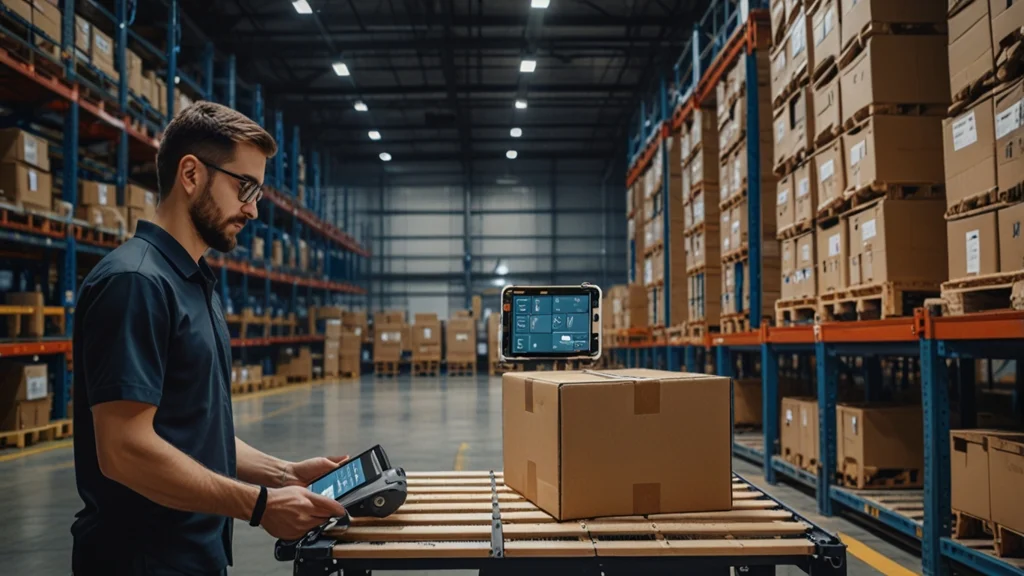Repetitive tasks like data entry, report generation, and invoice processing consume time and increase errors. Imagine delegating these tasks to a “digital workforce” that works 24/7 without fatigue. That’s exactly what Robotic Process Automation (RPA) offers.
Originally designed for simple automation, RPA has evolved into a key technology integrating Artificial Intelligence (AI) and Machine Learning (ML). Today, companies leverage RPA to improve efficiency, reduce costs, and enhance accuracy.
This guide covers everything about RPA—market statistics, benefits, use cases, challenges, and future trends.
RPA in Numbers: Key Statistics
The rise of RPA is driven by increasing adoption across industries. Here are some eye-opening statistics:
Global Market Insights
- Market Size: RPA was valued at $2.65 billion in 2022 and is projected to reach $25 billion by 2030, growing at a 27.7% CAGR.
- Adoption Rate: 57% of businesses globally have already implemented RPA, with the number expected to rise further.
- Cost Savings: Companies using RPA report 30–50% reductions in operational costs by automating high-volume, repetitive tasks.
Industry-Specific RPA Adoption
- Banking & Finance: Over 40% of global banks have adopted RPA for automating back-office processes.
- Healthcare: RPA adoption in healthcare is growing by 35% annually, helping with medical data processing and patient management.
- Retail & E-commerce: Top retailers automate inventory tracking, order processing, and customer support with RPA.
RPA is no longer optional; it’s a necessity for businesses aiming to stay competitive.
Read more : AI in Society: Pros and Cons, Benefits, Challenges, and Future Impact

The Benefits of RPA
RPA’s impact is clear. Here’s why businesses are embracing it:
- Efficiency and Cost Savings
A business cut invoice processing times by 70% with RPA. What once took hours now takes minutes. Automation eliminates bottlenecks, reducing labor costs while maintaining accuracy. - Enhanced Accuracy and Compliance
Repetitive tasks invite human error. RPA eliminates this risk, ensuring regulatory compliance—critical in finance and healthcare. - Improved Employee Satisfaction
Employees bogged down by tedious tasks feel demotivated. RPA frees them for higher-value, strategic work, increasing engagement and satisfaction.
Real-World Use Cases of Robotic Process Automation
1. Banking & Financial Services
- Automated Loan Processing: RPA reduces loan approval times from weeks to hours.
- Fraud Detection: AI-enhanced bots analyze transactions in real-time to detect anomalies.
- Regulatory Compliance: RPA automates reporting and auditing.
2. Healthcare
- Patient Data Processing: Bots update and manage patient records efficiently.
- Medical Billing & Claims: RPA reduces claim processing time by 50%, reducing errors.
- Appointment Scheduling: Automated scheduling improves patient experience.
3. Retail & Supply Chain
- Inventory Management: RPA monitors stock levels and automates restocking.
- Order Processing: Reduces fulfillment errors and enhances customer satisfaction.
- Returns & Refunds Handling: Automates refund requests and customer queries.
4. Human Resources (HR) Automation
- Employee Onboarding: RPA automates new hire document verification and payroll setup.
- Attendance & Payroll Processing: Ensures accurate salary disbursement.
- Performance Reviews: Automates data collection for performance evaluations.
5. IT & Customer Support
- Automated Ticket Resolution: AI-driven bots handle common IT service requests.
- Password Resets: RPA reduces IT helpdesk workload by 40%.
- Chatbot Support: Handles FAQs and directs complex queries to human agents.
Read more : Top 5 Free Text-to-Speech Tools in 2025

Overcoming RPA Implementation Challenges
While beneficial, RPA comes with challenges. Here’s how to tackle them:
- Integration with Legacy Systems
Older systems may not be RPA-friendly. Businesses must work with IT teams to ensure smooth integration. - Security and Compliance Risks
Handling sensitive data means ensuring RPA solutions comply with GDPR, HIPAA, and other regulations. - Workforce Upskilling and Change Management
Automation can raise job security concerns. Companies should focus on reskilling employees to work alongside RPA.

The Future of Robotic Process Automation(RPA)
Where is RPA heading? The future lies in AI integration and hyper Automation.
Predicted Trends (2024–2030)
- Hyper Automation: Combining RPA with AI and IoT for smarter automation.
- RPA-as-a-Service (RPAaaS): Making automation affordable for small businesses.
- Industry Expansion: Growth in healthcare and legal sectors for compliance and process automation.
RPA is the Key to Future-forward Businesses
At its heart, RPA transforms how businesses operate—turning inefficiencies into streamlined processes and refocusing human potential where it matters most. It’s already redefining industries, and for anyone willing to embrace it, the rewards are immense.
Curious about implementing Robotic Process Automation in your own business? Reach out to our team for expert advice and customized solutions. Because the future of work isn’t just about doing more—it’s about doing better.




